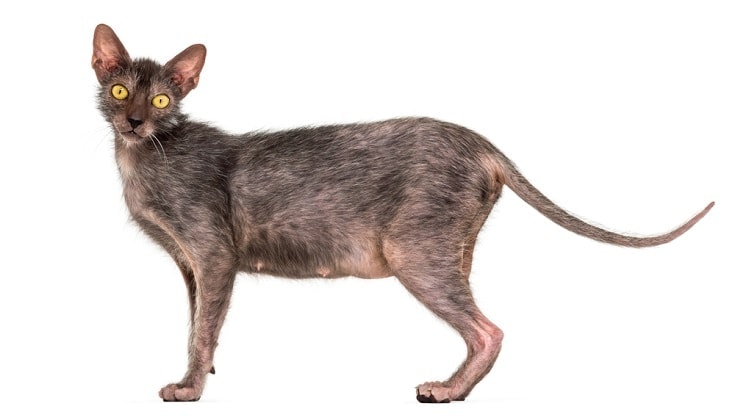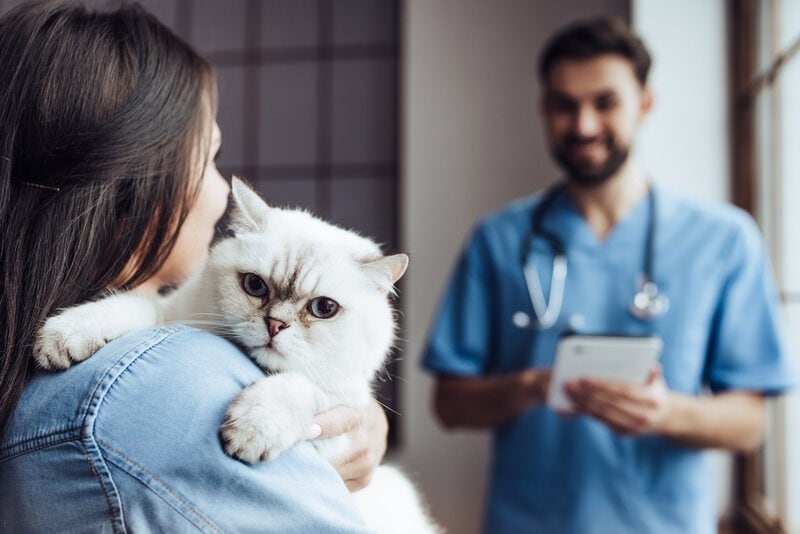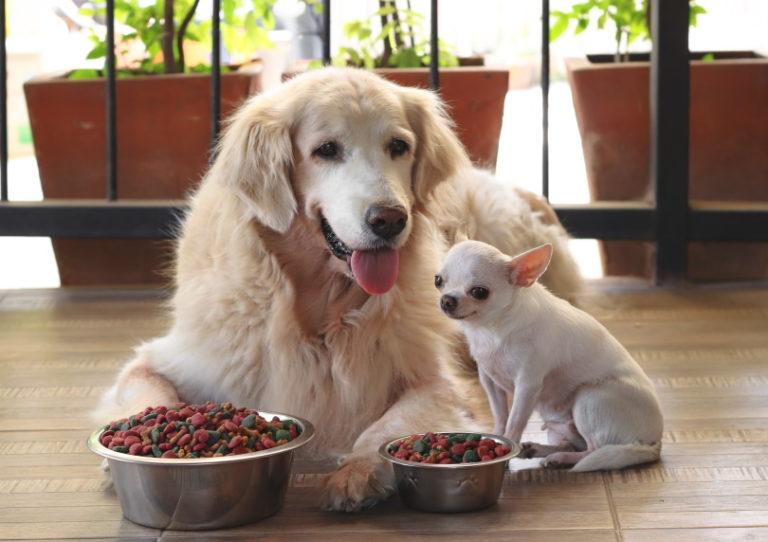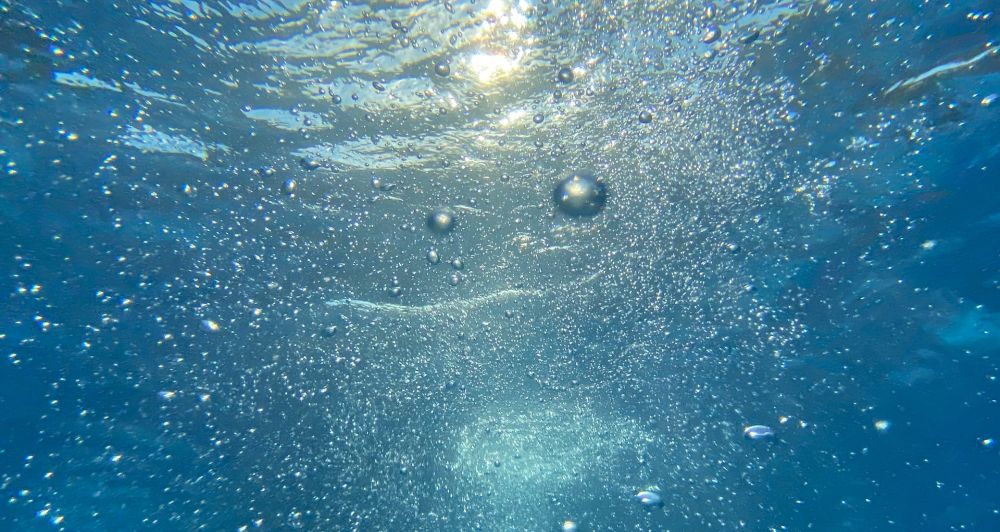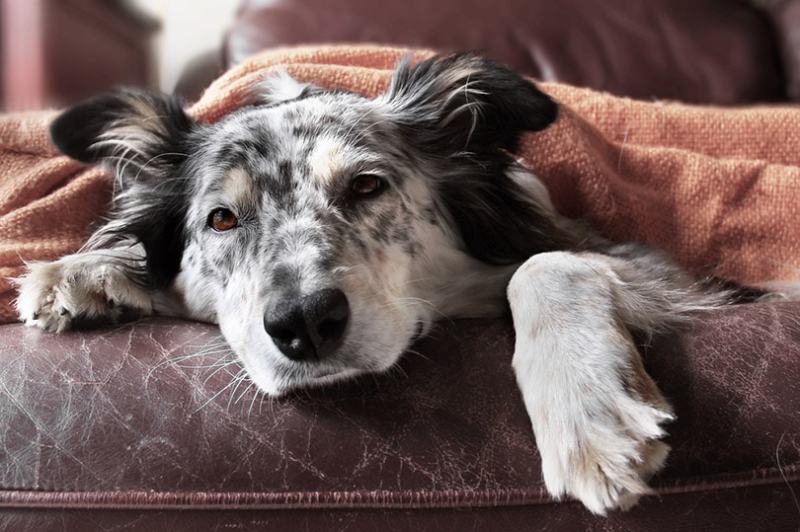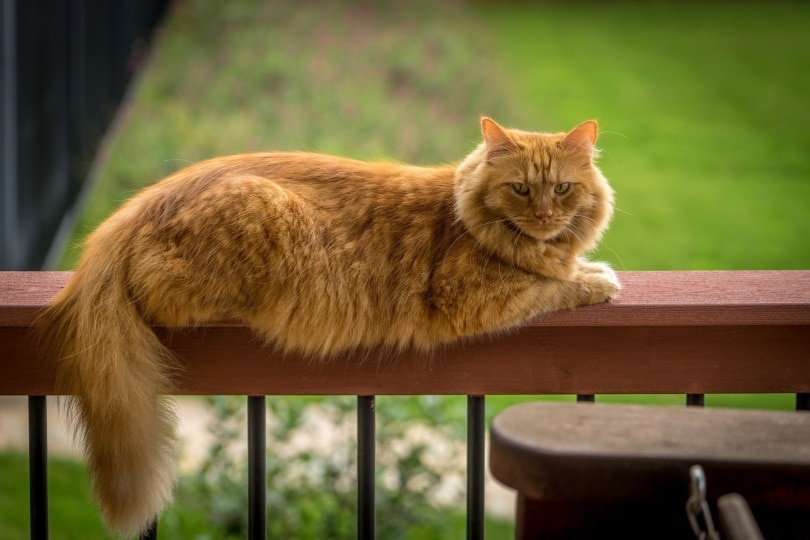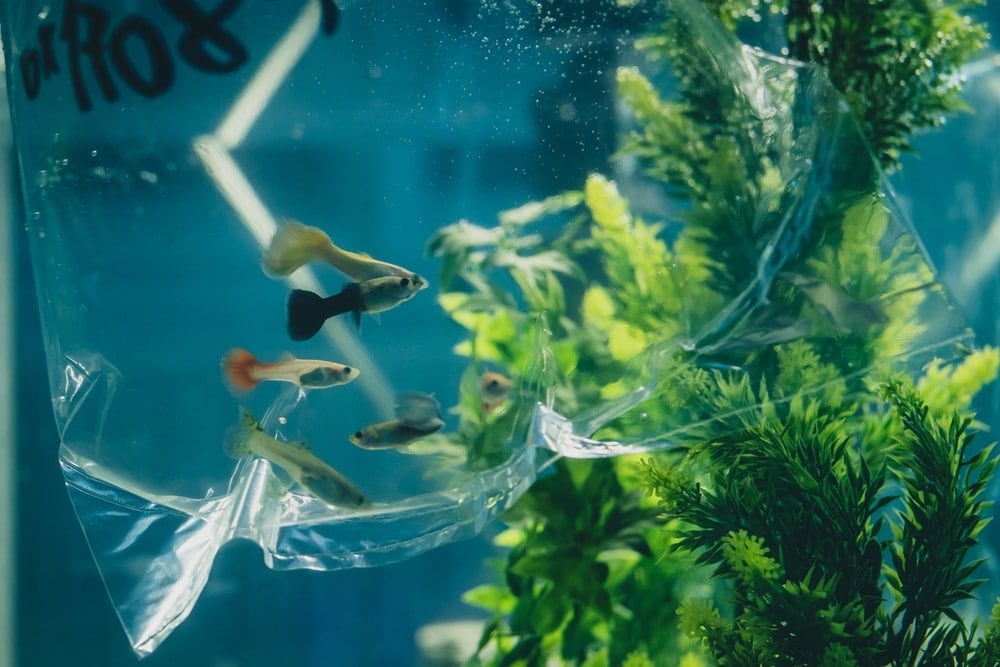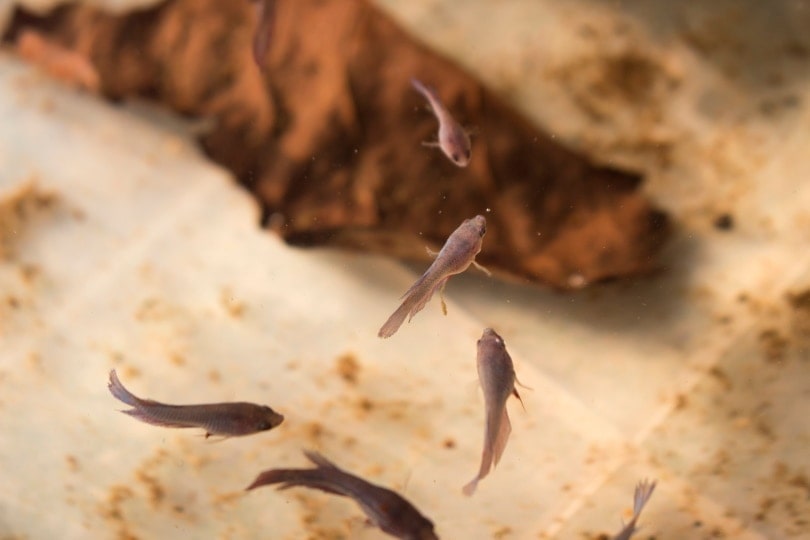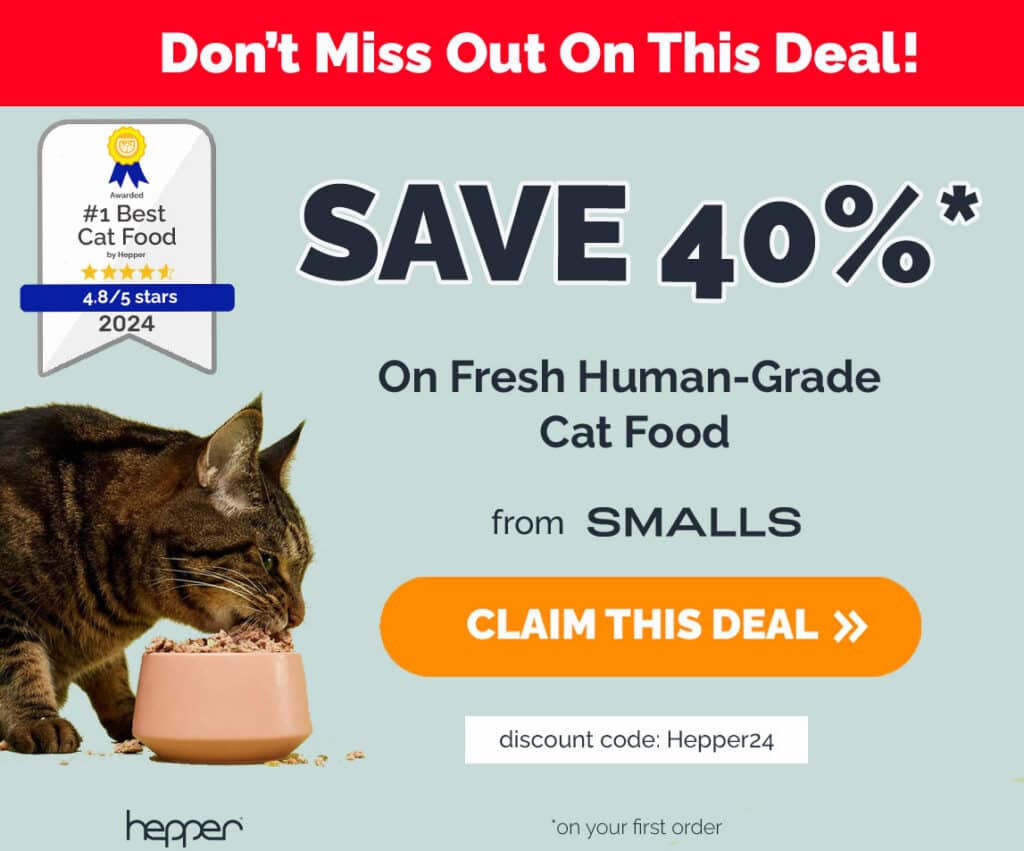Can Cats Eat Veggie Straws? Vet-Reviewed Facts & FAQ
Updated on
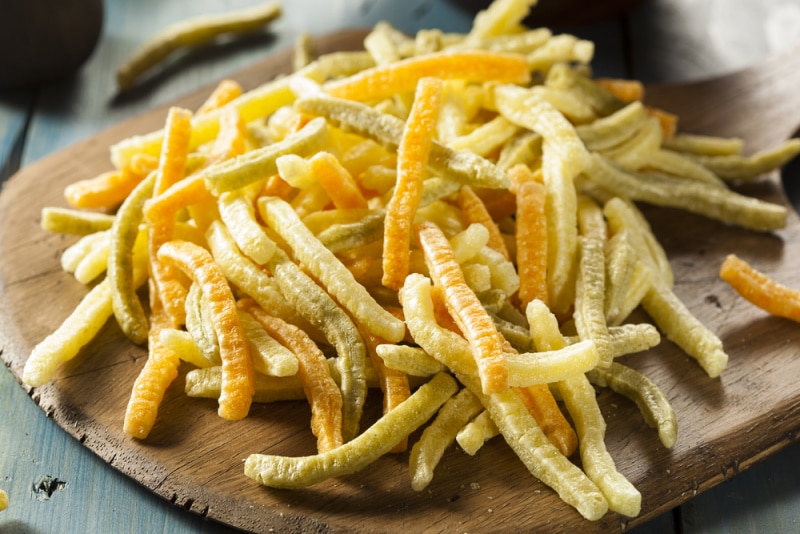
Cats are obligate carnivores, so they require little more than quality animal protein in the form of meat to sustain their healthy and happy lifestyles. Things like Veggie Straws are not something that would contribute positively to a feline’s overall health. This isn’t to say that a cat can’t enjoy a piece of a Veggie Straw occasionally—if no potentially harmful ingredients are included. However, no cat should consume Veggie Straws regularly or in large quantities, even as occasional snacks.
Several varieties of Veggie Straws are available on the market, and certain ones should never be fed to a cat, such as the “Screamin’ Hot” variety. Others, including the “Sea Salt” variety, are more suitable for cats to consume on an occasional basis. Here’s what else you should know.
Veggie Straw Varieties and Their Suitability for Cats
All Veggie Straws include a lot of salt, making them unhealthy for cats. Eating too much salt can lead to an excess of sodium levels in the bloodstream, a condition referred to as hypernatremia 1. It’s associated with a higher risk of fatality in cats, but there’s still much to learn through studies and research before we can know for sure the extent of hypernatremia’s side effects.
Salt isn’t the only ingredient to worry about when it comes to feeding Veggie Straws to a cat.
- Sea Salt: The excess salt in these Veggie Straws is not ideal for a cat. However, this is the “healthiest” option in the Veggie Straws world.
- Zesty Ranch: These contain buttermilk, sour cream, cream, and other types of dairy, which can cause gastrointestinal distress. Most cats become lactose intolerant after they are weaned from their mothers.
- Screamin’ Hot: This flavor includes salt, sugar, dairy, and spice, none of which is ideal for a cat. Luckily, most cats will likely avoid this snack due to the spiciness factor.
- BBQ: There are no dairy or spicy ingredients in this recipe. However, it does contain a large amount of oil, which can lead to weight gain when consumed regularly.
- Cheddar Cheese: As is apparent by the name of the recipe, these Veggie Straws are filled with dairy ingredients that cats should not have regular access to.
- Sour Cream & Onion: This Veggie Straw recipe includes dairy products that aren’t suitable for a cat’s regular diet.
- Cinnamon Apple: While apples are not necessarily bad for cats, cinnamon is considered a toxic ingredient when eaten in high quantities. Keep in mind that a cat would need to ingest about 1 teaspoon of cinnamon to have problems, which is a lot considering how much cinnamon is on these snacks, but it’s best to keep these Veggie Straws away from your kitty anyway.
Along with these potentially harmful ingredients, Veggie Straws are cooked in oil, which can cause digestive upset in cats. Oil is also high in fat, which can lead to weight gain and obesity over time, or if consumed in high amounts, can cause a potentially serious issue called pancreatitis.
Frequently Asked Questions
Can Veggie Straws Poison Cats?
The ingredients in most Veggie Straws are not deadly to cats, so the chance of your kitty getting too ill or dying is minimal if they just eat a piece of this snack. However, the Cinnamon and Apple Straws have the potential to be toxic if too many are consumed in one sitting. It’s always a good idea to contact your veterinarian if your cat gets their paws on this variety of Veggie Straws.
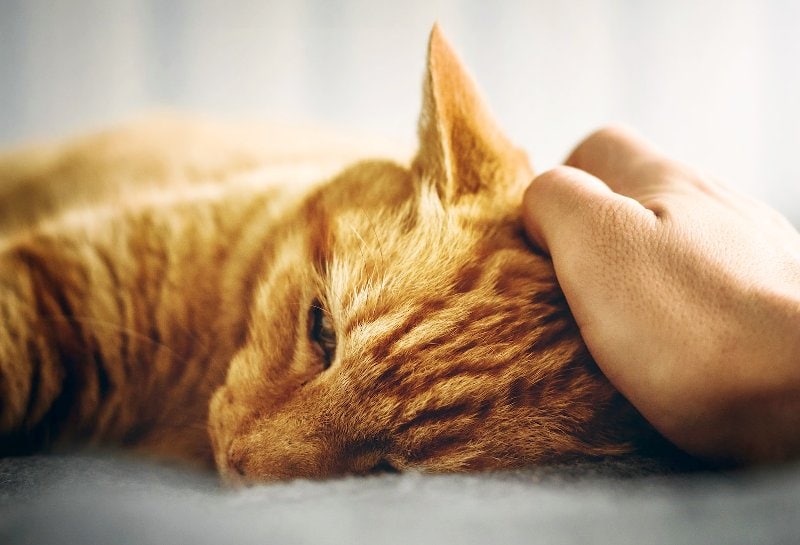
How Should Veggie Straws Be Fed to Cats?
If you do decide to give your cat a piece of a Veggie Straw as a treat or snack, you can just offer it as-is. There is no need to prepare it in any special way beforehand. If your cat is older or has dental problems, you can always crush up the piece and sprinkle the bits on a meal. However, keep in mind that it’s better to skip the straws entirely and focus on cat-specific treats (whether commercially made or otherwise) instead.
What Are Better Veggie Snack Options for Cats?
Since cats are carnivores, they don’t require vegetables to lead happy and healthy lives. That said, there are a few vegetables that you can safely feed your kitty as snacks if they enjoy such foods. Great options include cucumbers, broccoli, peas, and carrots.

The Bottom Line
Veggie Straws are not healthy for cats. They contain ingredients like salt, sugar, and dairy that cats shouldn’t eat. Feline bodies are designed to process animal protein sources for maximum nutrient absorption. Veggie Straws can be reserved as occasional snacks, and only one small piece at a time. But the truth is that your cat doesn’t need Veggie Straws in their diet at all to stay happy and healthy for the long term.
Featured Image Credit: Brent Hofacker, Shutterstock



